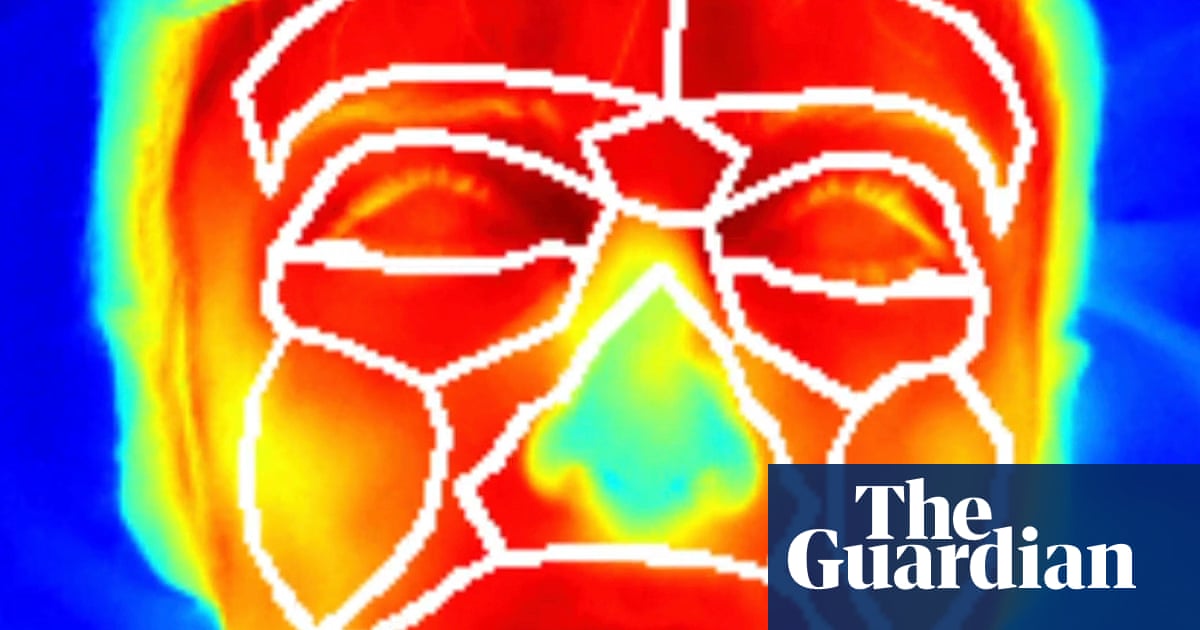
"Thermal imaging revealed that people experienced a rush of blood to the face that raised the temperature of their skin when they were played recordings of babies wailing. The effect was stronger and more synchronised when babies were more distressed, leading them to produce more chaotic and disharmonious cries."
"'The emotional response to cries depends on their acoustic roughness', said Prof Nicolas Mathevon at the University of Saint-Etienne in France. We are emotionally sensitive to the acoustic parameters that encode the level of pain in a baby's cry. Evolution equipped baby humans with a hard-to-ignore wail to boost their odds of getting the care they need."
"But not all infant cries are the same. When a baby is in real distress, they forcefully contract their rib cage, producing higher pressure air that causes chaotic vibrations in the vocal cords. This produces acoustic roughness, or more technically, disharmonious sounds called nonlinear phenomena (NLP)."
Distressed infant cries produce acoustic roughness caused by chaotic vocal-cord vibrations when babies forcefully contract their rib cage. Adults with little or no baby experience exhibit rapid emotional and physiological reactions to recordings of wailing babies, visible as increases in facial skin temperature due to a rush of blood detected by thermal imaging. Cries containing stronger nonlinear phenomena are judged as signaling real pain and elicit more synchronised and intense responses independent of pitch. The acoustic parameters of roughness act as salient cues that encode the level of infant distress and boost caregiving attention.
Read at www.theguardian.com
Unable to calculate read time
Collection
[
|
...
]